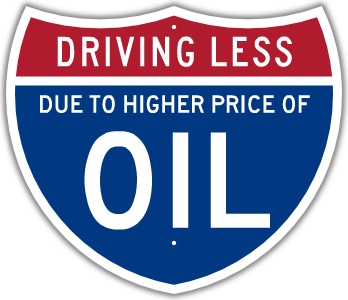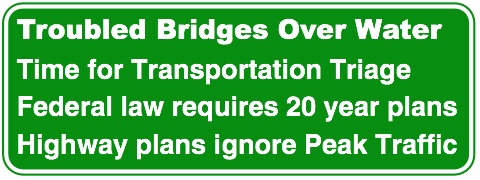Maine
| Trillion Dollar Highway Plans = Multiple Bypass Surgery a state by state list |
|
| High Priority Corridors specified by Congress in 1991, 1995, 1998, 2005, 2012 |
|
| NAFTA Superhighways | |
| Corridors of the Future | |
| J. Edgar Hoover Parkway: transportation surveillance, mileage taxes, RFID & video tolling |
|
| Paving Appalachia:
Corridor A to X in AL, GA, MD, MS, NC, NY, OH, PA, SC, TN, VA, WV |
|
| Alabama | Nebraska |
| Alaska | Nevada |
| Arizona | New Hampshire |
| Arkansas | New Jersey |
| California | New Mexico |
| Colorado | New York |
| Connecticut | North Carolina |
| Delaware | North Dakota |
| Florida | Ohio |
| Georgia | Oklahoma |
| Hawai'i | Oregon |
| Idaho | Pennsylvania |
| Illinois | Rhode Island |
| Indiana | South Carolina |
| Iowa | South Dakota |
| Kansas | Tennessee |
| Kentucky | Texas |
| Louisiana | Utah |
| Maine | Vermont |
| Maryland | Virginia |
| Massachusetts | Washington |
| Michigan | Washington, D.C. |
| Minnesota | West Virginia |
| Mississippi | Wisconsin |
| Missouri | Wyoming |
| Montana | |
High Priority Corridor 50: East-West Corridor
New York: US 11 -
Watertown to Rouses Point
Vermont: US 2 - Burlington, Montpelier, St. Johnsbury
New Hampshire: US 2
Maine: US 2, I-395 (Bangor), Route 9 to Calais (Canadian border)
from: Smart Choices, Less Traffic: The 50 Best and Worst Transportation Projects In the United States,
Sierra Club Beyond Oil Campaign, November 2012
http://content.sierraclub.org/beyondoil/content/smart-choices-less-traffic
The East-West Highway is a proposed 220-mile project that would connect the Canadian provinces of Quebec and New Brunswick by a direct route through forested regions in Maine. The idea has been studied and rejected numerous times in the past, but it is being re-introduced as a $2 billion, privately-funded, toll highway to serve large industry and trucking interests. The four-lane highway would cut through the Maine woods region, and would have negative impacts on air and water quality and critical wildlife habitat. The state of Maine has allocated 300,000 tax-payer dollars towards a feasibility study of this private highway, despite widespread opposition to the project. The highway's proposed route parallels an existing rail line network. By revitalizing the freight rail line, the state could reduce vehicle miles traveled and redirect public investments towards passenger and commuter rail, thus improving air quality, reducing greenhouse emissions, and providing opportunities for business growth via an improved freight transportation system.
Note: the 220 mile figure is not the complete "High Priority Corridor" from Watertown, NY through Maine to Canada.








